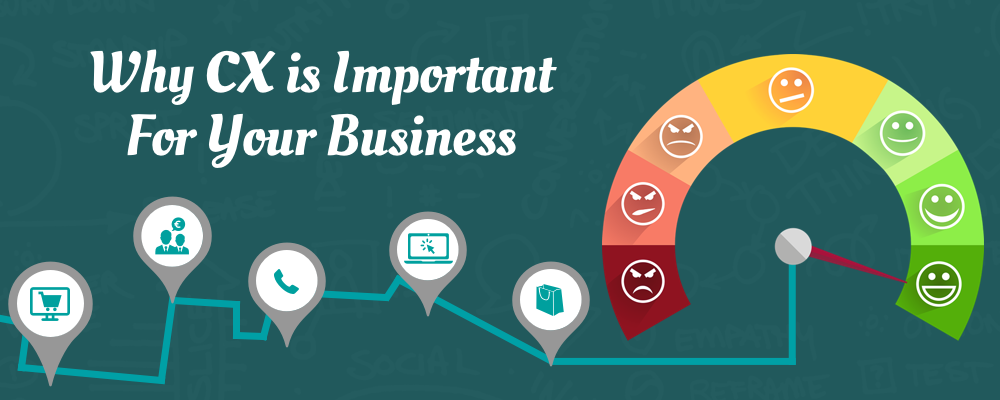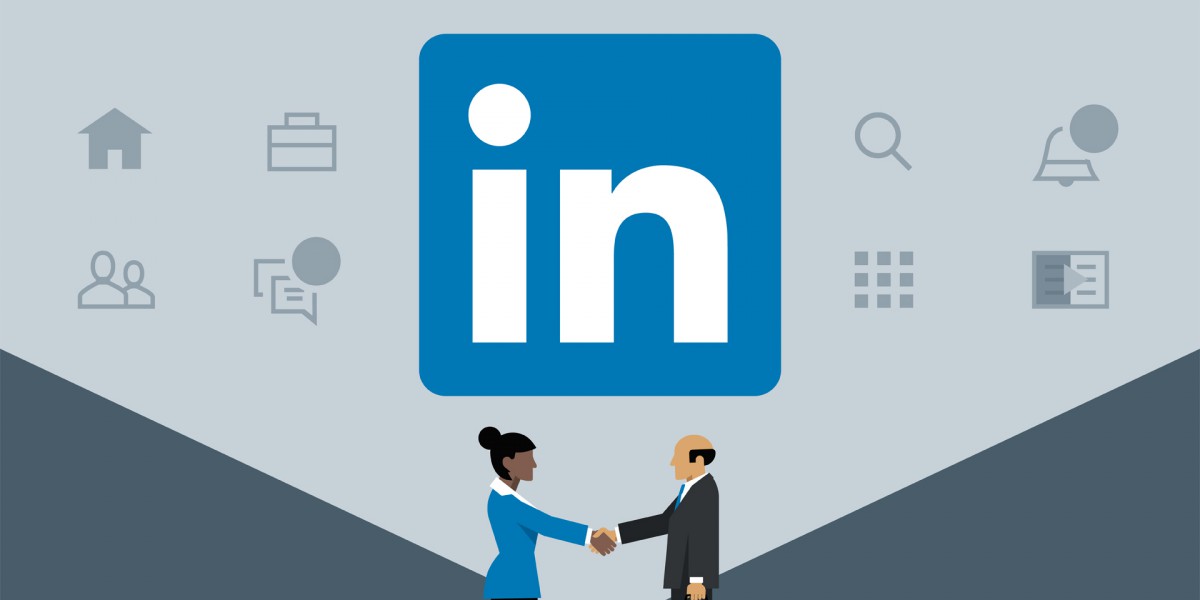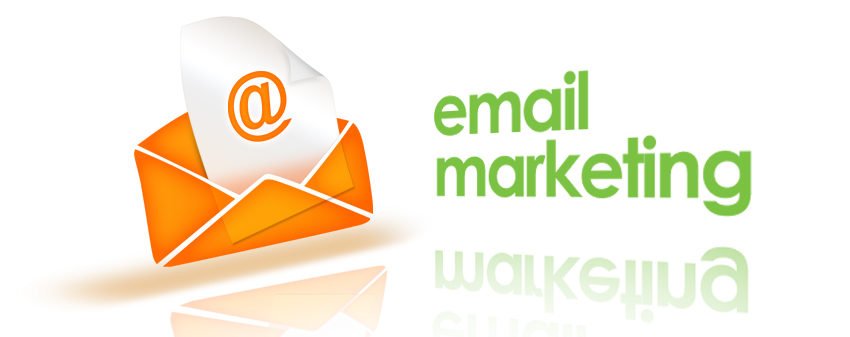
In a competitive environment, providing the right customer experience can be the difference between a growing brand and sales and shrinking profits. Do you know the difference between customer experience and customer relationship? Do you have a plan for customer experience? Have you implemented customer-experience management tools? Continue reading to learn why managing customer experience is critical to business success.
- Components of the Customer Experience
- Customer Experience Management Isn’t the Same as Customer Relationship Management
- What does Customer Experience Management mean?
- Customer Experience Management Strategies
- Conclusion
Components of the Customer Experience
“Customer experience” refers to direct or indirect interactions with your business or brand. Customers’ perceptions of your company are shaped by their interactions with all aspects of it. This includes everything from your products and services to how you sell, bill, and support them after the sale. Even leadership attitudes can affect customer service.
Touch points, or any time a customer interacts with a company’s product or staff, build the customer experience. Touchpoints are chances to provide a superior experience or settle for less. Every touch point should narrow the gap between customer expectations and experience. All contact points must be consistent.
Imagine a company where the sales force is enthusiastic and works closely with customers to find solutions, but the support call center is staffed by unmotivated employees who don’t want to come to work. Stop providing schizophrenic customer service. Sales makes customers feel valued and provides a positive customer experience, while support appears uncaring and uninterested.
Customer experience management can be a competitive advantage. According to Forrester, the U.S. customer experience has not improved for three years. More and more brands’ quality is slipping.
Customer Experience Management Isn’t the Same as Customer Relationship Management
Managing customer relationships and customer experience are different. Your CRM software has customer data. It tracks customer contacts, orders, service requests, and product returns, providing a full-circle view of a customer. Polls, studies, and customer observation provide data for customer experience management. This data captures customer sentiment at various touchpoints.
What does Customer Experience Management mean?
Customers want a pleasant and effective experience when checking prices, asking questions, or placing orders. That’s “customer experience.” Let’s discuss customer experience management. It refers to the strategies and tools used by businesses to maintain positive brand perceptions and interactions with customers.
The first step in managing the customer experience is tracking customer interactions. Unmeasurables can’t be managed. Data on past patterns can capture information on recent events almost immediately. Improve transactional experiences, evaluate new initiatives’ customer impact, and identify emerging problems. Research shows that failing to follow up can cost you.
First, you must be able to write effective follow-up emails, conduct user surveys, and monitor online forums and blogs. Present pattern data reveals future experience issues. When dealing with important populations and issues, it’s common to look forward and backward to understand the relationships. Using these probes, you can learn about your customers’ new feature desires and competitor awareness.
User polling, quarterly account reviews, and focus groups can also help gather data. Data analysis can reveal and test hidden opportunities. These insights are one-time projects that incorporate a customer group’s prior knowledge. New product designs incorporate these insights.
Whether you use email surveys or focus groups, the findings must align with your customer experience goals. This means questioning assumptions and researching all business functions with touch points. To effectively manage the customer experience, you may have to challenge conventional wisdom and truly listen to what customers have to say, even if it is unpleasant. If you treat customer complaints as a legitimate source of customer experience data, you’ll have a wealth of useful information.
Customer Experience Management Strategies
Businesses must examine their operations and buying process from the customer’s perspective to improve customer experience. It’s hard. Bain & Company interviewed 362 companies’ customers. Eighty percent of these businesses said they provided a “superior” experience, but only 8% of customers agreed. Due to a communication gap, customers are frustrated and unsatisfied. With an effective strategy for managing the customer experience, you can turn annoyances into opportunities to build customer loyalty and brand advocates. To begin, incorporate digital customer experience management strategies. These:
Mobile Support:
Everyone has a smartphone or tablet, and many people use them to look up information. Every customer experience strategy must include mobile. Make sure your website works on small screens. Consider using a mobile app to enhance your website’s customer service. When a customer finds the information they need on their mobile device, they stop contacting customer service.
Live Chat:
Live chat allows site visitors to receive assistance and answers without leaving the website. This helps brands convert sales and improves the customer experience by requiring minimal effort. Gartner predicts that by 2022, 85% of businesses will offer live chat on their website or mobile app. To provide the best possible customer experience, the chat agent should have access to the CRM.
Self-service:
Today’s consumers prefer self-service. A comprehensive online collection of knowledge bases and frequently asked questions helps people find answers (FAQs). Make sure everything is correct, nothing is missing, and it answers all questions. In that case, the customer experience management tool can turn a positive customer experience negative.
Social Support:
Customers use social media. Do you know what people say about you? Customer service and marketing must monitor social media. Marketing may involve social sharing, but it’s also important to collect data. Respond to compliments and complaints. Your response to social media complaints sends a message to other users.
Why Companies Get it Wrong and How to Get it Right
As customers, we’ve all received poor service. Why does this happen? Customer experience management tools and buy-in from other departments may not be in place when marketing develops marketing messages centered on “putting the customer first.” The company makes promises, but its employees can’t deliver. Sometimes touchpoints are overly specific. Instead of developing a B2B digital customer journey map that captures the journey across all channels in the real and digital worlds, they collect data on a limited number of touchpoints along the path to purchase.
Some senior management give “exceptional customer journey” lip service. This isn’t a problem for companies where the CEO came up through sales and operations. These executives are customer-centric. Customers’ needs must come first for executives who want to climb the financial ladder.
Every department must contribute to customer satisfaction. It is necessary to dismantle organizational silos that hinder customer focus. Marketing and customer service functions are combined under a Chief Customer Officer or a Chief Experience Officer to support customer experience management. This makes the customer journey as important as the brand.
Conclusion
In a competitive world, every advantage counts. Because customer experience hasn’t improved in recent years, companies willing to improve this aspect of their business have a huge window of opportunity. Combining the digital experience customers want with effective human interaction can help you build lasting business relationships. Business-to-business sales success requires building relationships.







